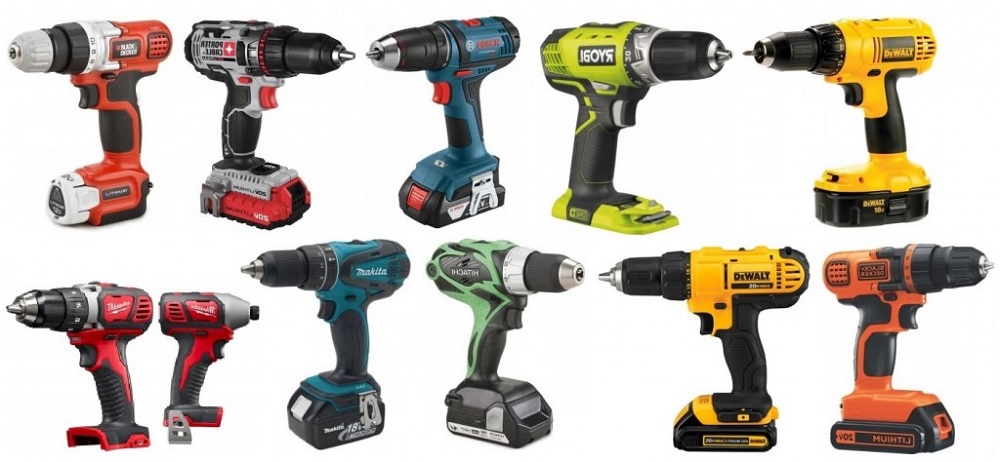There are a few more crucial patterns other than a triangle chart pattern. This pattern involves price’s gradual advancement toward a tighter range. With the forwarding time, it depicts a battlefield of bullish-and-bearish trends on the chart.
A triangle pattern is broadly specified as a “perpetuation pattern” or a “continuation pattern.” It means after this pattern gets shape, the price will retrace the course that it was tracing before the development of the pattern.

What is the Triangle pattern?
Besides having a gradual advancement course toward a tighter range, a triangle must touch a minimum of five support-and-resistance. Do not panic yet. The whole touching number is a collective one. You can call a triangle valid when the price touches the support three times and the resistance two times. And vice versa.
How to Trade Triangles
The options trader in Singapore may encounter three types of triangles while trading. A comprehensive understanding of them will give a trader confidence in making necessary decisions with these patterns’ indications.
1. Symmetrical Triangle
A symmetrical triangle is formed when the highs and lows of the price or their respective slopes cross each other at a point. The most significant catch of this point is the market produces lower lows and lower highs. None among the buyers and the sellers are pulling or pushing the business to create an explicit trend.
The buyers, sellers, and other market influencing factors make a startling balance and create a consolidation. If you see those two slopes are coming closer and touch eventually, you can expect a breakout. To know more about breakout, view page of Saxo and read the professional articles. It will enrich your knowledge and make you better trader in the investment world.
However, one thing needs to be checked here. Though the symmetrical triangle predicts a sure breakout, it cannot predefine the nature of the breakout. It can be either a bullish breakout or a bearish breakout. The best way to leverage this triangle is to enter the business sharp above the lower high’s slope or sharp below, the higher low’s slope. Thus, handling the next breakout will be more comfortable.
2. Ascending Triangle
If you look at a chart and see the price maintaining a resistance while the higher lows are making a slope, you are looking at an ascending triangle. The reason behind the creation of this pattern is the inability of buyers to exceed a specific level. What they do is they thrust the price up, which gets reflects by the slope of higher lows.
As the buyers gain the potential to suppress the price, it tells, they have become stronger over time. At a time, this strength becomes so strong that a breakout takes place. A beginner investor may wonder about the direction of the breakout.
Though the market has seen the buyers break the resistance level most times, the opposite may also happen. The best way is to be prepared for any result. An entry-point sharp above the line of resistance or sharp below the higher lows’ slope will be reasonable.
3. Descending Triangle
The descending triangle is just vice versa version of the ascending one. In a descending triangle, sellers are on power, and the constant line is supported.
Most of the time, the downward slope breaks the support eventually, but a complete bounce back can also occur. For a case of a certain bounce back, the support lone is so strong that the price moves up with significant momentum.
The perfect point for entering the deal is sharp above the lower high slope and the right below the support line.
By knowing how to trade triangles in Forex effectively, traders can make a high profit. This indicator can predict breakouts with more accuracy than most other patterns. So, by dealing with them carefully, anyone can build his fortune.






